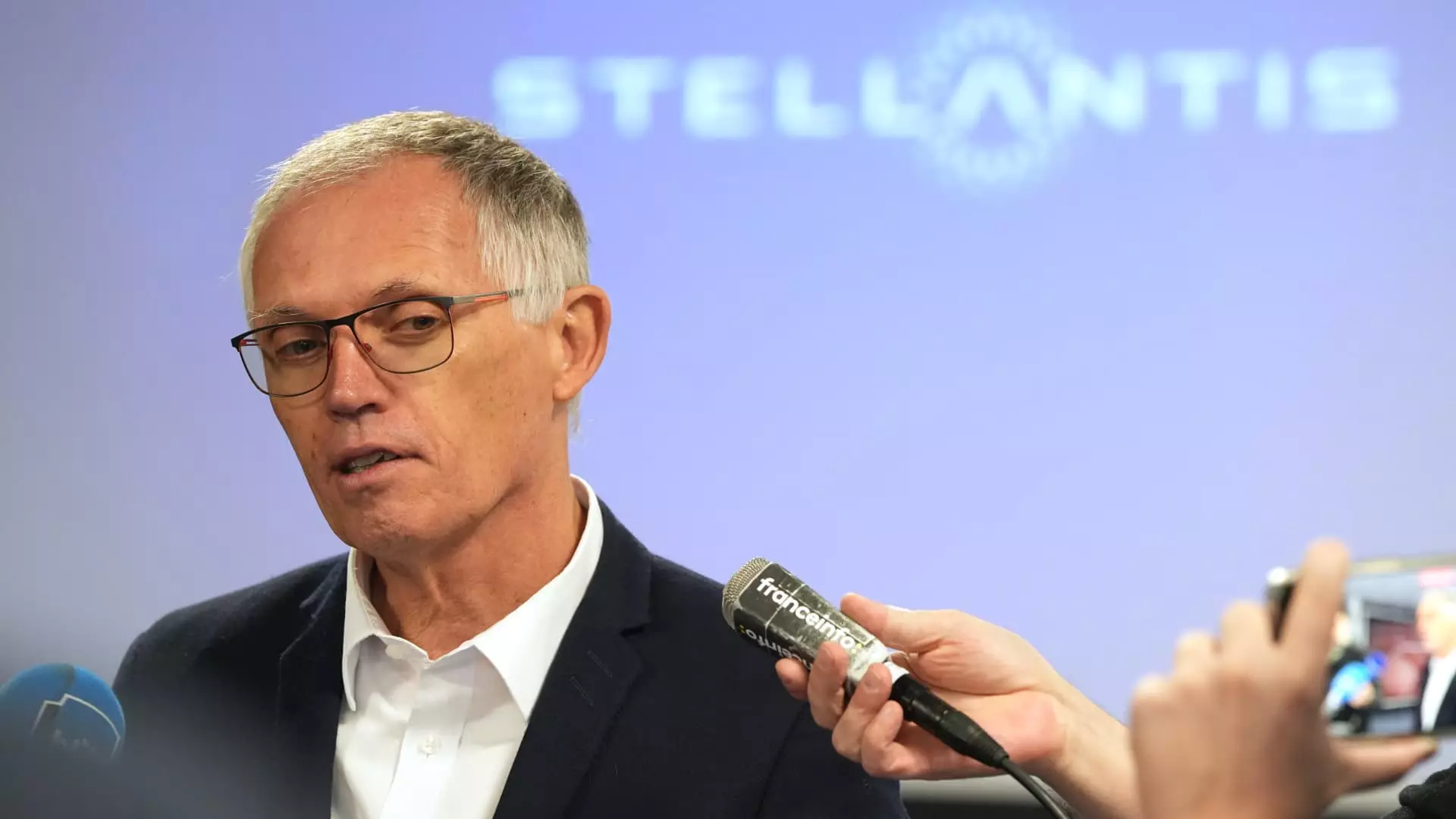The ongoing legal battle between Stellantis and the United Auto Workers (UAW) represents a growing rift in labor relations, reflective of underlying tensions in the auto industry. This conflict not only highlights the complexities of contractual negotiations but also the significance of worker rights in today’s economic climate. With Stellantis initiating a lawsuit against the UAW, the stakes have been raised considerably.
At the heart of this unfolding drama is Stellantis’ claim that the UAW has failed to uphold its contractual obligations. The automaker has expressed concerns about its operations, pointing specifically to a vote for strike authorization conducted by UAW members at the Los Angeles Parts Distribution Center. Stellantis argues that such actions are unlawful and detrimental to production, which is critical for maintaining finance and resources within the company. It’s a classic confrontation between labor rights and corporate interests, where both sides believe they’re justified in their positions.
The lawsuit, which was filed in the Central District of California, is primarily aimed at holding the UAW accountable for perceived damages caused by potential strikes. According to Stellantis senior vice president Tobin Williams, the lawsuit seeks compensation for lost revenue stemming from production disruptions. The automaker’s stance emphasizes the legal ramifications of strikes, asserting that they threaten operational integrity and violate contractual agreements put in place during negotiations.
In a pointed response, UAW President Shawn Fain characterized Stellantis’s actions as desperate measures reflecting poor executive management. His statement underscores a broader systemic issue – the negotiation dynamics between large corporations and labor unions. Fain claimed that the lawsuit was merely a tactic designed to intimidate union workers into abandoning their rights to strike. He expressed confidence in the union’s legal standing and indicated a willingness to fight against what he perceives as corporate oppression.
This confrontation is fueled by broader concerns surrounding labor rights, particularly in an era where the auto industry is experiencing significant shifts due to technology and market demand. Automakers are navigating transitions to electric vehicles and dealing with supply chain disruptions, leading to workforce adjustments and strategic re-alignments. In the backdrop of these changes, it’s essential to note that labor unions function not merely as disruptors but as advocates for employee rights, seeking to ensure that workers are treated equitably amidst corporate challenges.
The legal dispute also revolves around interpretations of contractual language and how it should govern both parties’ actions. Stellantis maintain that their decision-making is subject to fluctuating market conditions, plant performance, and economic indicators. They cite “Letter 311,” a document outlining investment expectations that they argue are conditional. This contention creates a complex dialogue about what constitutes acceptable business practices within the framework of union contracts.
On the flip side, the UAW contends that Stellantis has not complied with agreements made during previous negotiations regarding worker protections and investment commitments. The union’s ability to articulate grievances and contention points reflects a significant aspect of labor relations and workers’ agency in the face of corporate strategies.
As both Stellantis and the UAW brace for a prolonged struggle, the implications extend beyond the parties directly involved. This confrontation could potentially influence labor relations within other sectors, setting a precedent for how unions might engage with corporations in turbulent times. The outcome of this dispute will not only affect the immediate workforce at Stellantis but could also reverberate through the vehicle production industry at large.
In essence, the battle between Stellantis and the UAW is emblematic of a broader struggle for balance in labor relations. As corporations pivot in response to market changes, the commitment to honoring worker rights and agreements remains an enduring question. Ultimately, how Stellantis and the UAW navigate this conflict could shape the future of labor relations in the auto industry and beyond, emphasizing the need for dialogues that honor both corporate and worker needs. The path ahead calls for effective communication, understanding, and potentially a relaying of priorities to foster a more cooperative working environment.

